The Fluxamasynth modules enable you to:
- Make your own MIDI instrument with unconventional analog sensors
- Create algorithmic compositions
- Use it in a homebrew pinball machine to generate music and sound effects
- Build an unusual percussion device
- Augment an analog instrument with a Fluxamasynth-based hyperinstrument
Here are some additional features:
- 14 bits of pitch bend range
- Access to fine and coarse tuning in cents
- Access to low level wavetable parameters
- Stereo line level output
- Master volume and per-channel volume control
- 4-band Equalizer
- Chorus, flange, delay effects
- 8 Reverb effects
- Spatial effects
The Fluxamasynth design files are available on Github and are released under the CERN Open Hardware license v1.2.
 Fluxly
Fluxly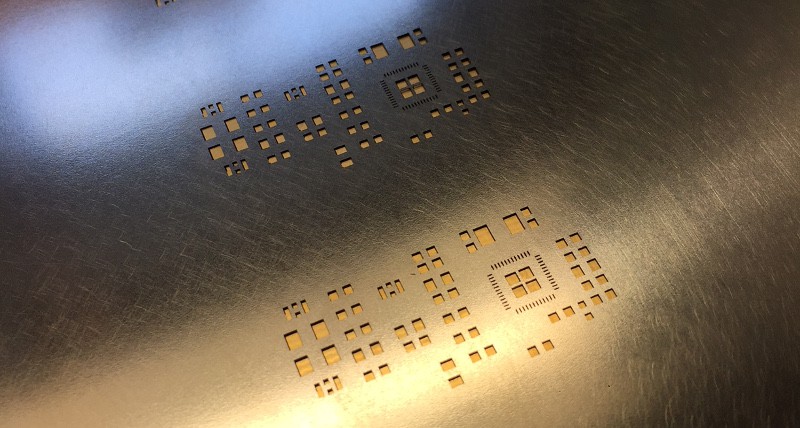
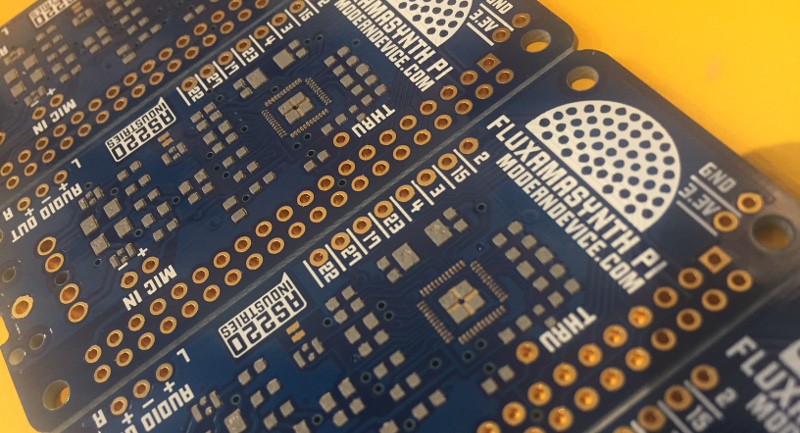
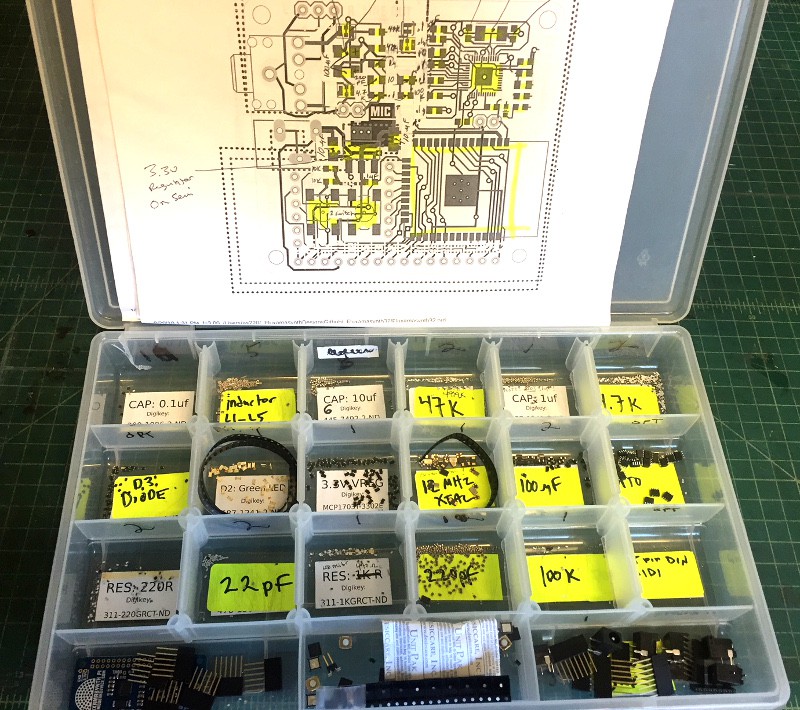
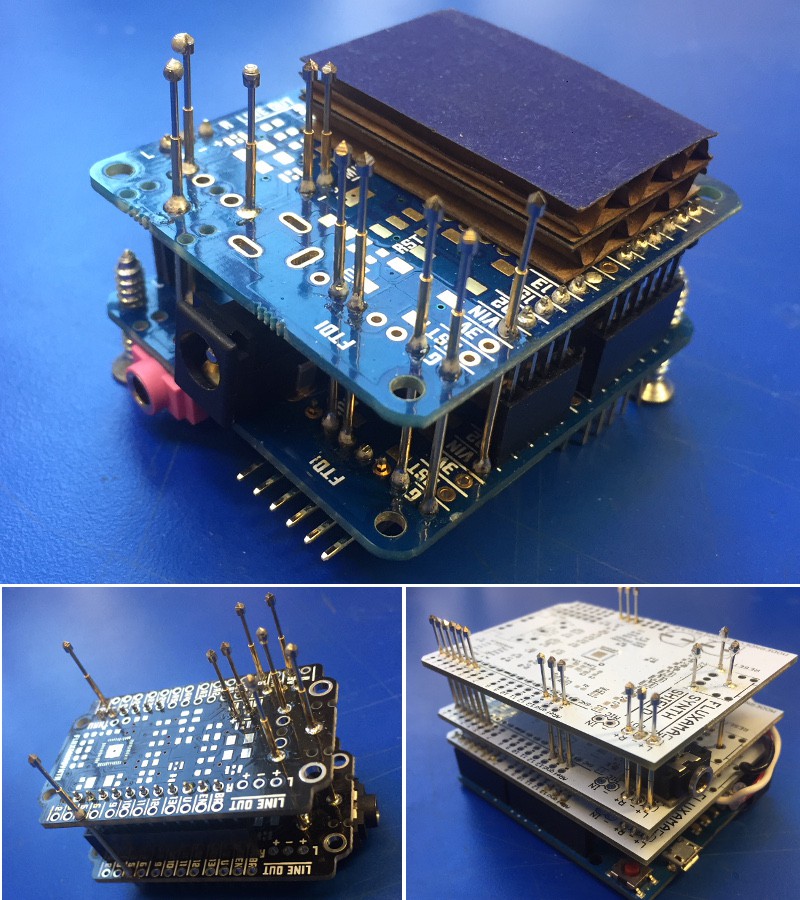
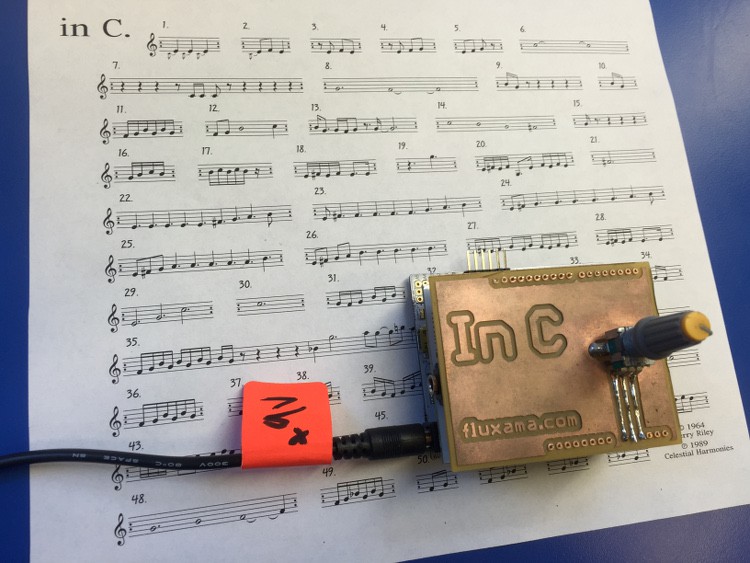
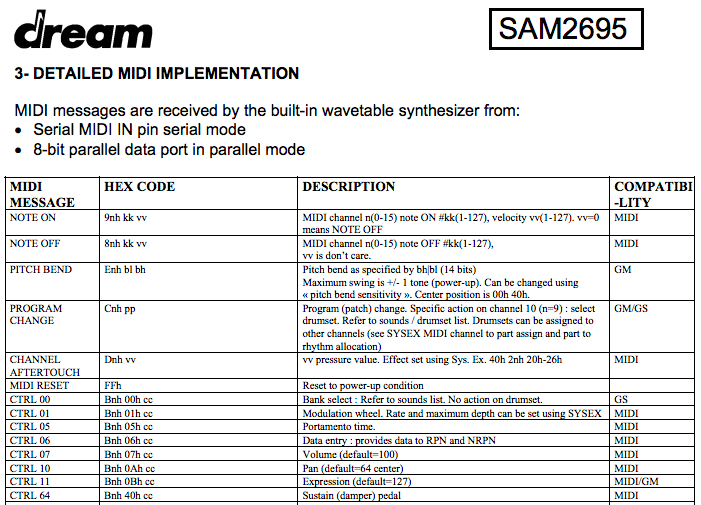
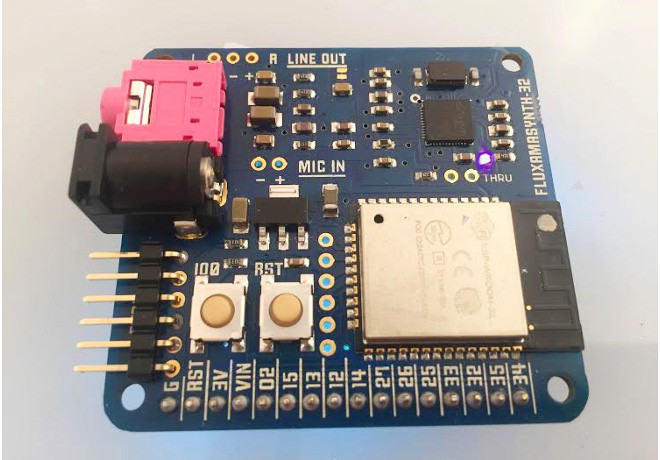
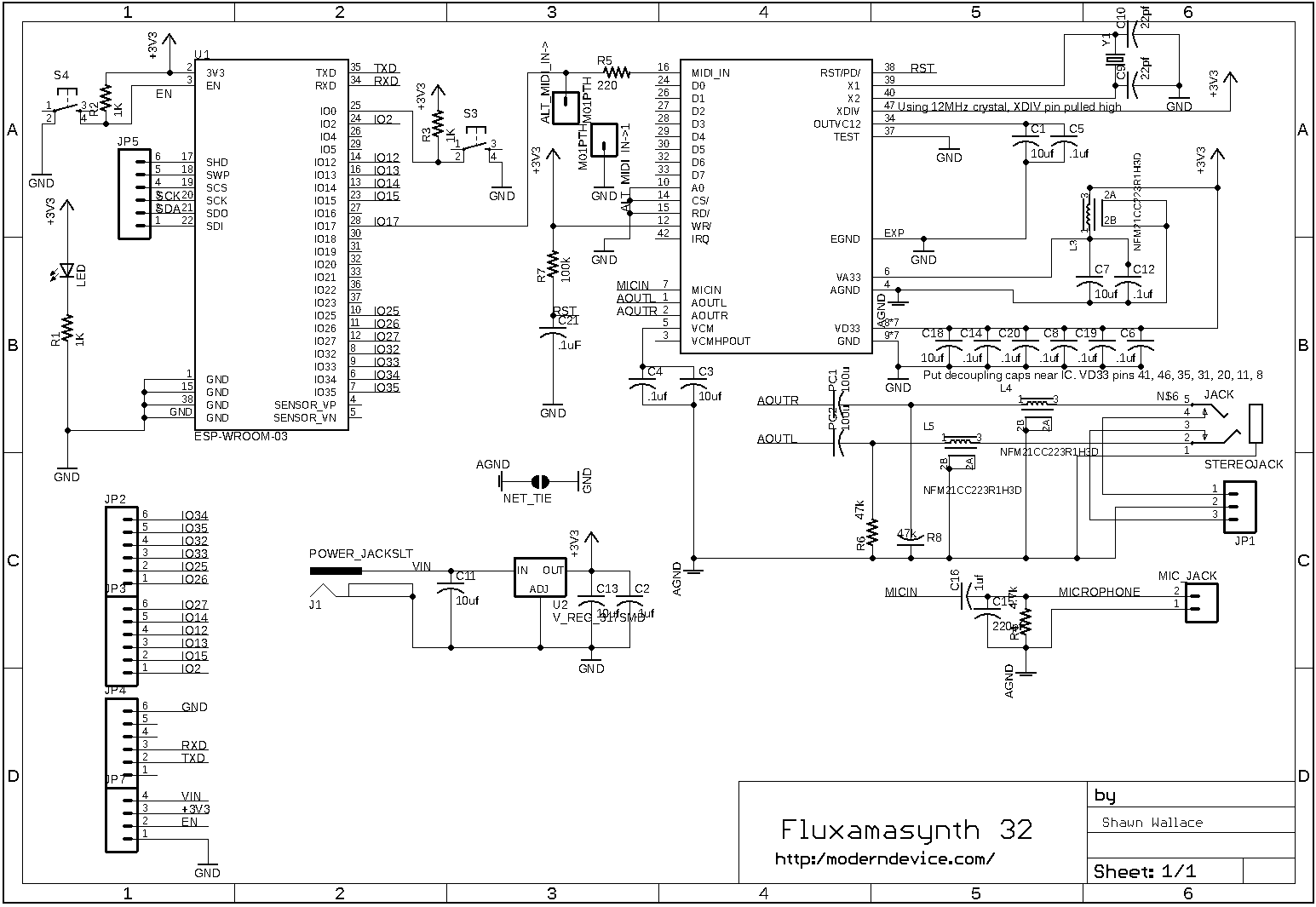
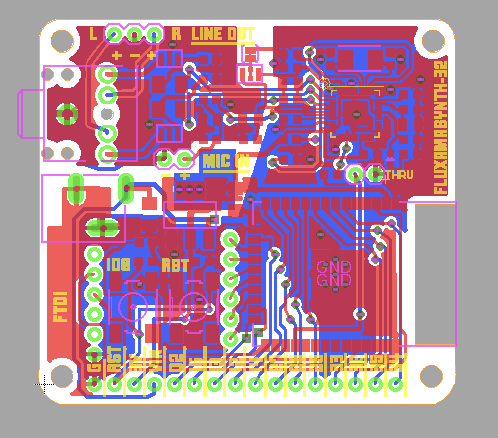
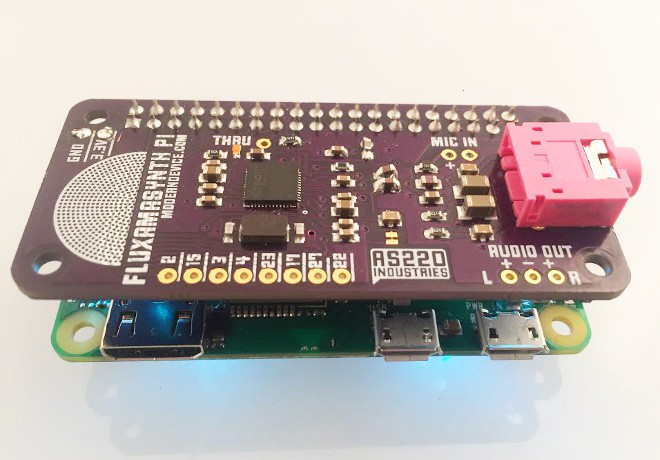
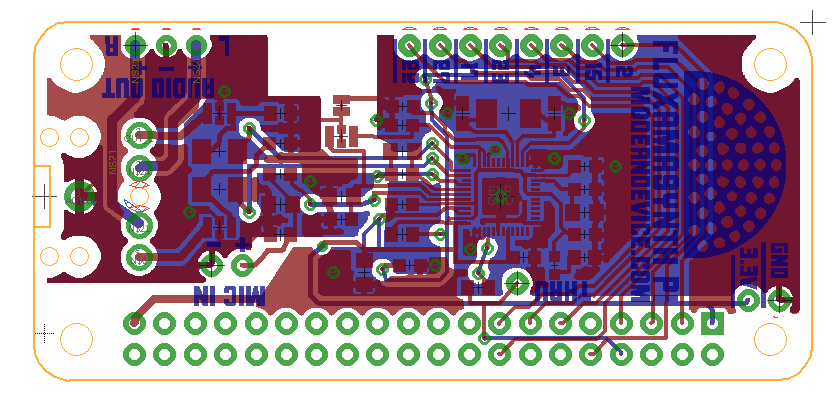
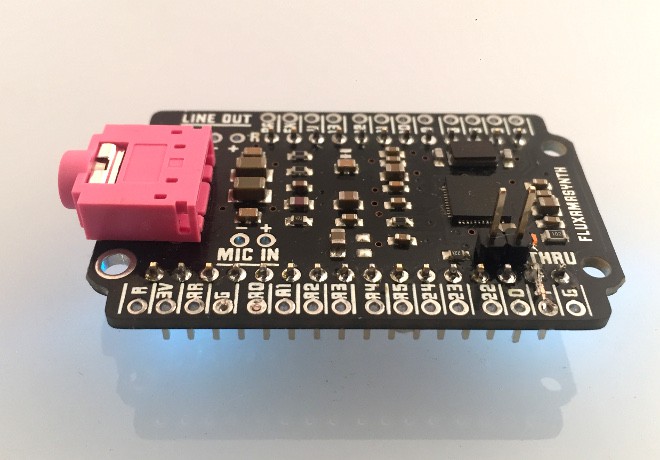
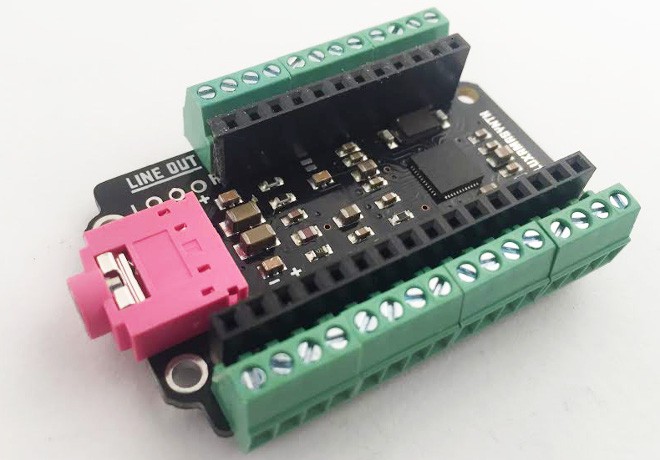
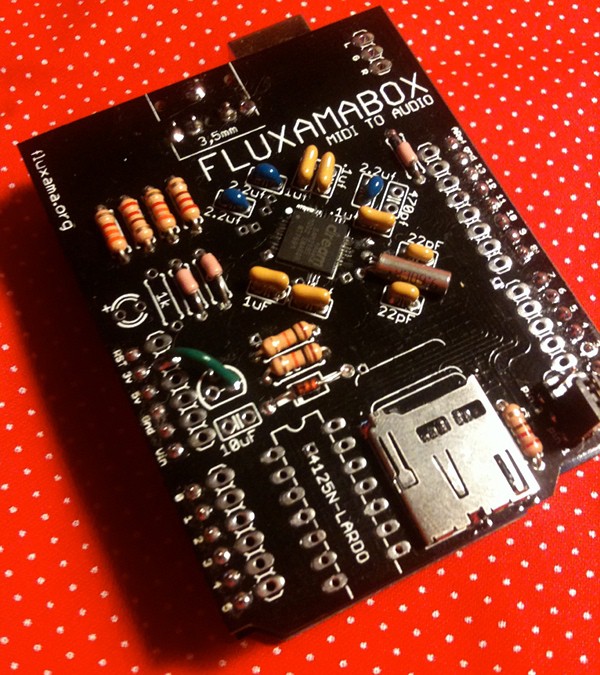
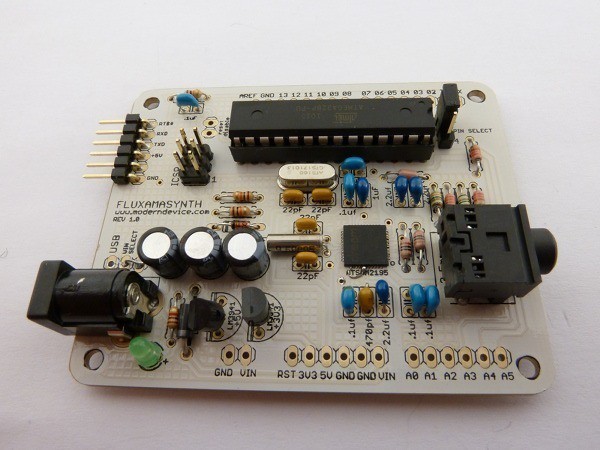
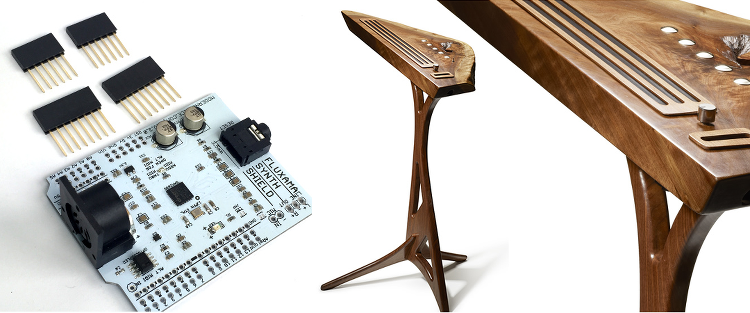

Are there any plans for a crowdsourced campaign for these devices?